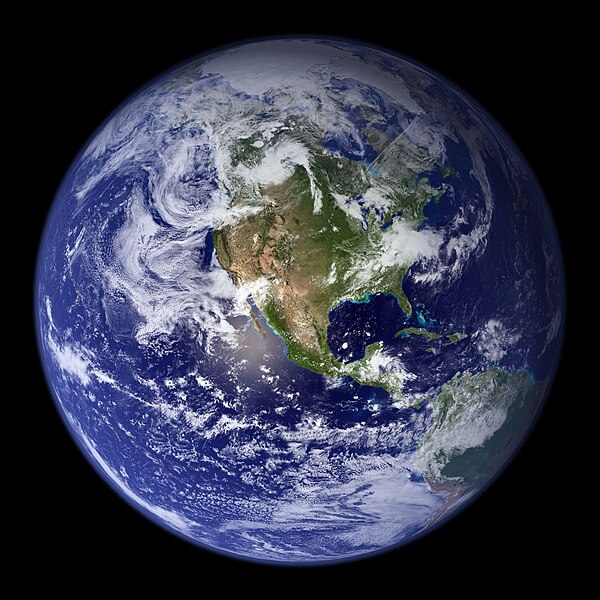Ultramarine is a deep blue color pigment which was originally made by grinding lapis lazuli into a powder. Its lengthy grinding and washing process makes the natural pigment quite valuable—roughly ten times more expensive than the stone it comes from and as expensive as gold.
Ultramarine pigment
Lapis lazuli specimen (rough), Afghanistan
Natural ultramarine
Synthetic ultramarine blue
Blue is one of the three primary colours in the RYB colour model, as well as in the RGB (additive) colour model. It lies between violet and cyan on the spectrum of visible light. The term blue generally describes colours perceived by humans observing light with a dominant wavelength between approximately 450 and 495 nanometres. Most blues contain a slight mixture of other colours; azure contains some green, while ultramarine contains some violet. The clear daytime sky and the deep sea appear blue because of an optical effect known as Rayleigh scattering. An optical effect called the Tyndall effect explains blue eyes. Distant objects appear more blue because of another optical effect called aerial perspective.
Image: 2010. Донецк. Карнавал на день города 010
Image: Iranian Tiles 1
Image: Cyanerpes cyaneus Diergaarde Blijdorp, Netherlands 8a
Image: NASA Earth America 2002







